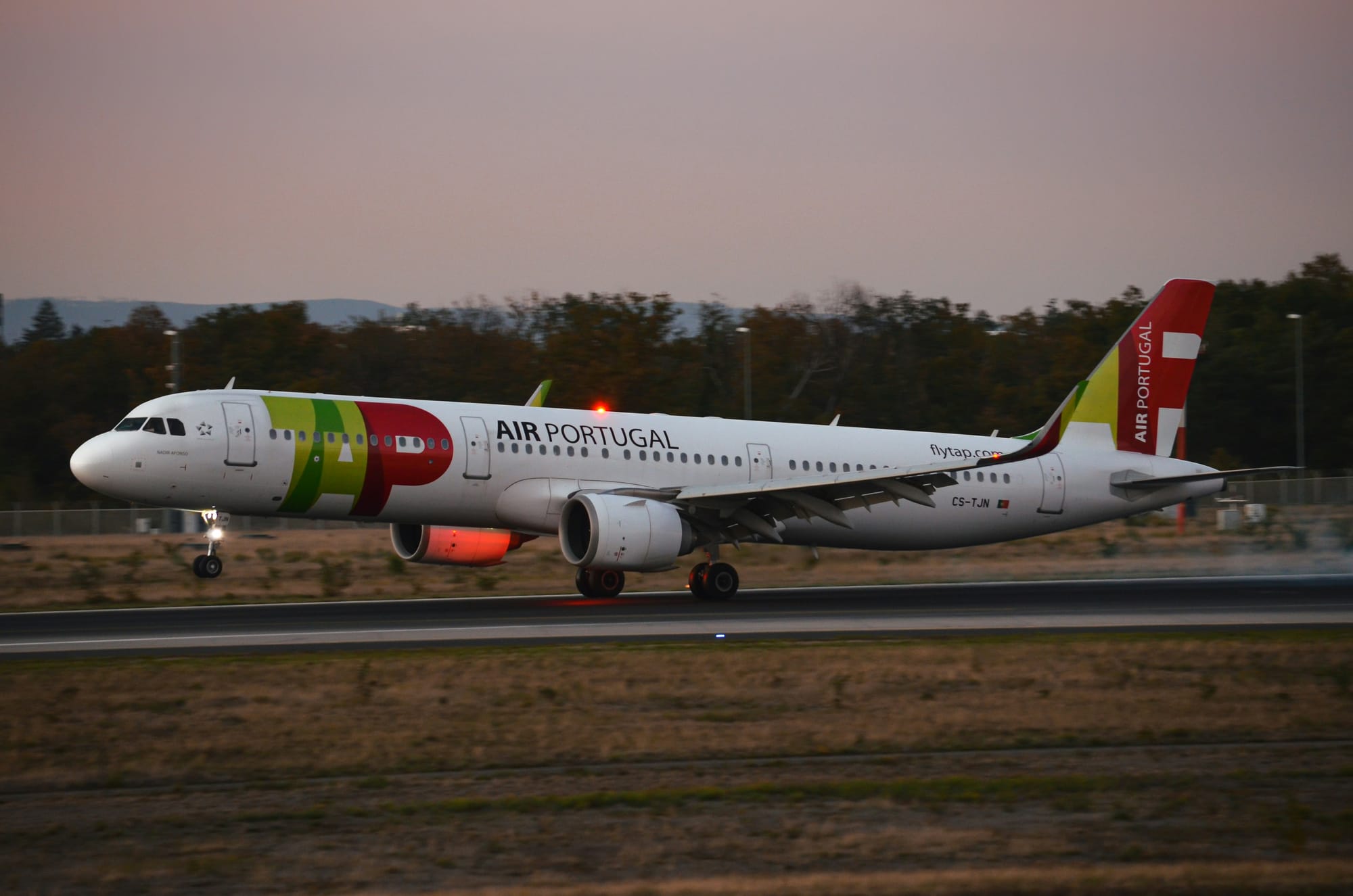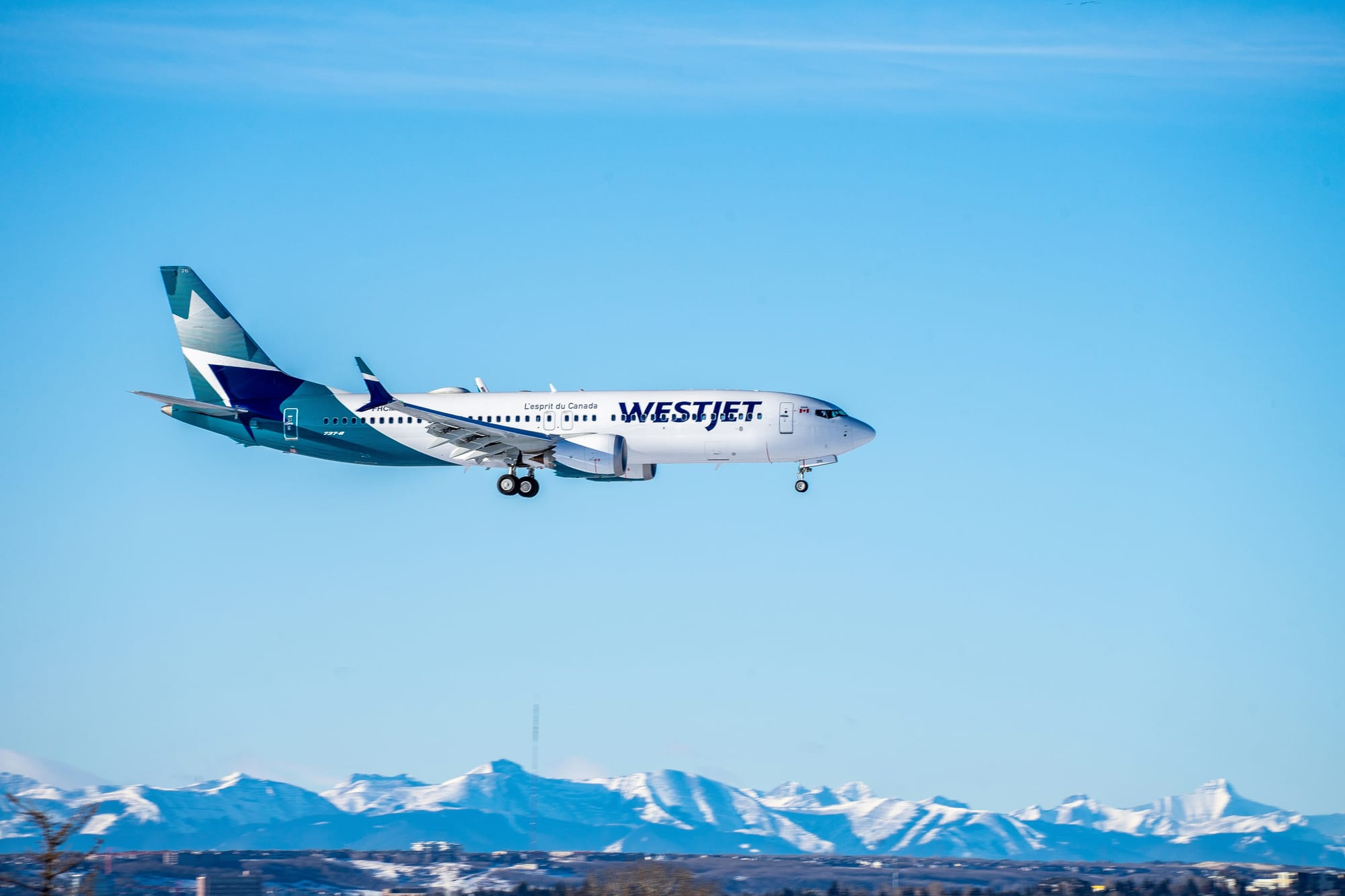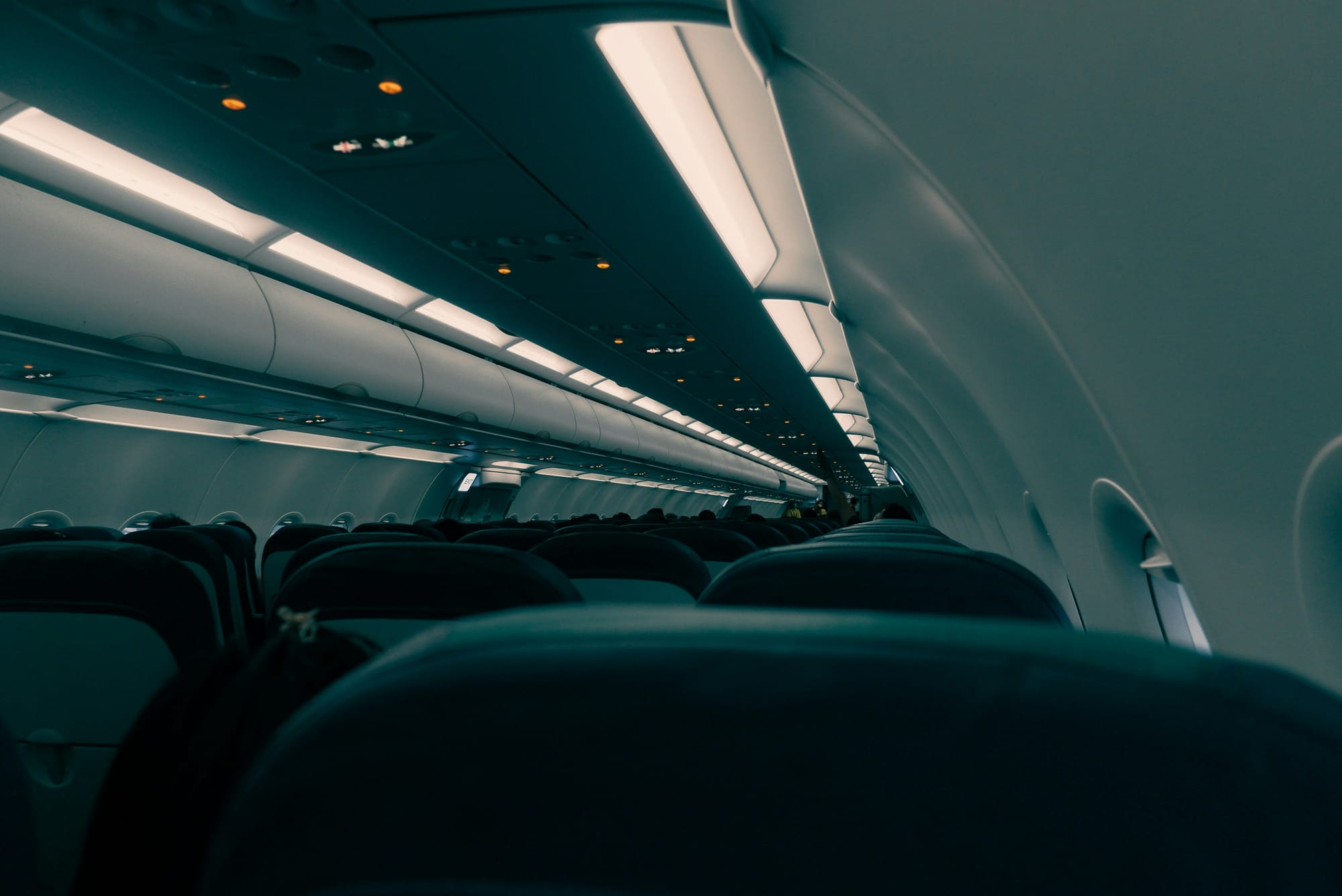Navigating Narrow Skies: The Rise of Single-Aisle Jets on Transatlantic Routes

In recent years, the rise of narrowbody aircraft, like the Airbus A321neo and Boeing 737 MAX, have introduced new opportunities for airlines to operate transatlantic routes. These single-aisle jets are typically used for short to medium haul flights, yet advancements in range and fuel efficiency have enabled them to traverse the Atlantic. While this expansion has opened up new routes and added convenience for travelers, many passengers, including myself, find that narrowbody aircraft lack the comfort and efficiency of their widebody counterparts when it comes to long-haul flights.
Why Narrowbody Aircraft are Flying Longer Routes

The move toward narrowbody aircraft on transatlantic routes is largely driven by economics. Aircraft like the A321neo and Boeing 737 MAX are more fuel-efficient and cheaper to operate on routes where demand doesn’t necessarily justify a larger, widebody jet. Narrowbodies allow airlines to serve secondary cities and less popular routes that would otherwise be economically unfeasible with a widebody aircraft, such as the Boeing 787 or Airbus A330. These planes have extended the reach of low-cost airlines and increased options for travelers looking to avoid connecting flights.
However, these economic benefits come with trade-offs that are especially apparent during long-haul flights.
Slower Speeds: A Noticeable Drawback

One downside of narrowbody aircraft on transatlantic routes is their cruising speed, which is generally lower than that of many widebody aircraft. Widebodies like the Boeing 777, 787, and Airbus A350 often cruise at speeds around Mach 0.85 (about 560 mph), while narrowbodies tend to cruise closer to Mach 0.78 (about 515 mph). While this difference may not seem huge, it can add 30–45 minutes to flight times across the Atlantic. On a long journey, especially an overnight transatlantic one, every extra minute counts, and that slower speed can make an already lengthy flight feel even longer.
In addition to the slower speeds, the cruising altitudes of narrowbody jets can be slightly lower than those of widebodies. This means they might encounter more turbulence, which can contribute to an overall less comfortable ride. Widebodies, on the other hand, can often cruise above more turbulent weather patterns, resulting in a smoother experience for passengers.
Cabin Comfort: Compact and Constrained

Cabin comfort is another key issue with narrowbody aircraft on transatlantic routes. With single-aisle configurations and limited cabin width, these planes tend to feel more cramped and confined, especially for passengers seated in the middle or at the back of the aircraft. While airlines have done their best to design comfortable seating configurations, the fact remains that narrowbody aircraft lack the spacious feel of a widebody. There’s no dedicated area for stretching, and restrooms are usually located at the very front or back, meaning the aisle can become congested.
In contrast, widebody aircraft have the advantage of extra width and multiple aisles, which offer passengers more breathing room. Even in economy class, widebodies typically provide greater legroom, wider seats, and a more open feel. Passengers also have more access to onboard amenities like larger galleys, more restrooms, and sometimes even walk-up bars or lounges.
Seating is only one aspect of cabin comfort. On narrowbody jets, the cabin pressure and humidity levels are also less advanced than on newer widebody aircraft like the 787 or A350. These widebody models have state-of-the-art pressurization systems designed to reduce jet lag and enhance passenger comfort on long-haul flights. Flying on a narrowbody aircraft often means dealing with slightly drier air and lower cabin pressure, which can contribute to a more exhausting travel experience.
Inflight Amenities and Entertainment: Limited Options

Inflight amenities also tend to be more limited on narrowbody aircraft compared to widebody ones. Widebodies generally have more comprehensive inflight entertainment (IFE) systems, more seating with personal screens, and often a greater selection of media. Narrowbodies, especially those configured for low-cost carriers, sometimes rely solely on bring-your-own-device (BYOD) entertainment, requiring passengers to use their phones or tablets to access inflight entertainment.
While narrowbody aircraft are improving in this area, the limitations of single-aisle space often restrict the options airlines can provide. Widebodies offer more flexibility for onboard amenities, which can make a big difference on long-haul routes. For travelers who value inflight entertainment, the amenities on narrowbody aircraft can be underwhelming and feel more suited to a short-haul experience.
Final Thoughts
In the end, while the operational benefits of narrowbody aircraft on transatlantic routes are clear, the passenger experience leaves much to be desired. I am not a fan of crossing the Atlantic on these single-aisle aircraft. The longer travel time, compact seating, and limited amenities can make these flights feel like an endurance test rather than a comfortable journey. Widebody aircraft, with their spacious cabins, faster speeds, and improved passenger experience, remain the superior choice for long-haul travel.
While narrowbodies may be here to stay on transatlantic routes due to their efficiency and economic appeal, I hope airlines continue to prioritize passenger comfort where they can. For those of us who appreciate the journey as much as the destination, the difference between narrowbody and widebody aircraft is more than just a matter of size—it’s a matter of experience.





